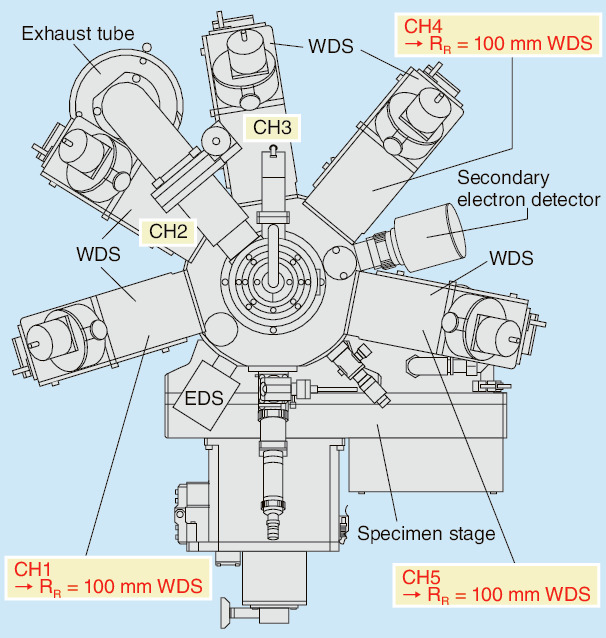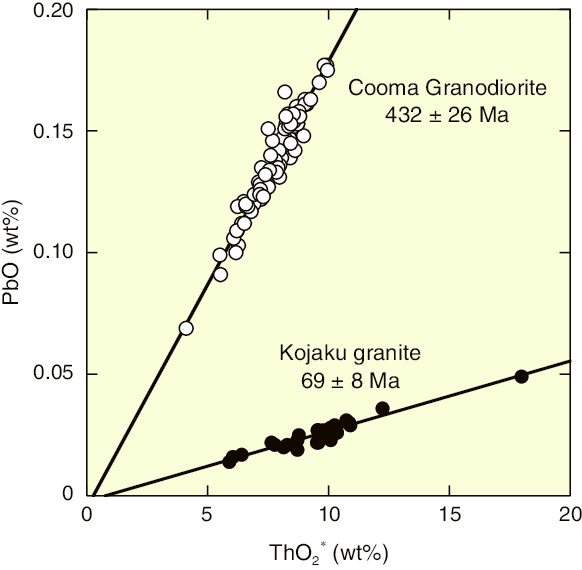
Fig.8-18 Overview of EPMA analysis (modified from a product catalog of JEOL Ltd.)

Fig.8-19 Rapid CHIME dating of monazites
By dating minerals in sediments, we can know when they were formed and from where the minerals were sourced. The history of minerals offers us some geological and tectonic information, for example, concerning formation and building of the mountains that sourced the minerals. This approach is called “provenance analysis” and is a very effective technique for determining long-term changes in the geological environment from past to present for geological disposal of high-level radioactive waste. A problem exists, however, in that a large number of mineral analyses are required for this purpose.
The chemical Th-U-total Pb isochron method (CHIME; Suzuki and Adachi, 1991) is a radiometric dating method for minerals. Radioactive thorium (Th) and uranium (U) decay into a series of other elements before finally converting into lead (Pb). An advantage of the CHIME dating method is that it does not require isotopic-ratio analysis. Instead, the age of a mineral can be estimated from the concentrations of Th, U, and Pb measured using an electron probe microanalyzer (EPMA). In EPMA analysis, electron bombardment generates X-rays in the sample to be analyzed. From the wavelength and intensity of the lines in the X-ray spectrum, the elements present may be identified and their concentrations estimated.
In the current study, the CHIME dating procedure is advanced by the first-time use of a wavelength-dispersive spectrometer (WDS) with a Rowland circle (RR) of 100 mm (Fig.8-18). The use of an RR = 100 mm WDS is beneficial in that it requires less than half the time needed for the conventional CHIME dating procedure and so is better suited to the large number of mineral analyses that are required. The disadvantage of RR = 100 mm WDS is a reduced spectral resolution, which represents the functional ability of WDS to distinguish two X-rays when their wavelengths are close to each other. This problem was overcome by calculating an “interference correction,” which eliminates the influence of interfering X-rays. The interference correction was calculated based on the analytical data of natural monazite, a natural mineral containing Th and U. The disadvantage of RR = 100 mm WDS is a reduction in spectral resolution, which was overcome by calculating a new “interference correction” based on the analytical data of monazite, thereby eliminating the influence of interfering X-rays.
The reliability of this advanced CHIME dating procedure was confirmed by dating of monazites separated from rocks that had been previously dated using other methods (Fig.8-19). This advanced CHIME dating procedure, therefore, offers a practical, rapid, and reliable means of dating minerals.